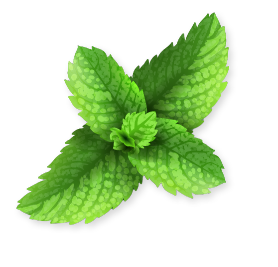- Decubitus (Pressure) Ulcer: Caused by prolonged pressure, common in bedridden individuals.
- Lower Limb Ulcer: Often linked to venous insufficiency or arterial disease, usually affecting the legs.
- Arterial Ulcer: Results from poor blood circulation, typically seen in peripheral arterial disease.
- Neuropathic Ulcer: Common in diabetes, these develop on the feet due to loss of sensation and impaired healing.
WHAT IS CHRONIC ULCER ?
A chronic ulcer is a non-healing open wound that persists beyond the normal healing time, often due to underlying health issues such as poor circulation, diabetes, or autoimmune disorders. Common in areas like the lower legs, ankles, or feet, these ulcers can be painful, slow to heal, and are susceptible to infections.
TYPES
SIGNS & SYMPTOMS
- Blackening of the Skin: Necrosis or poor blood flow may cause the skin around the ulcer to darken.
- Non-Healing Wound: The wound fails to improve or heal within a typical timeframe.
- Skin Discoloration: Surrounding skin may appear red, inflamed, or discolored.
- Slow Granulation Tissue Growth: Slow or absent formation of new tissue, indicating a chronic condition.
- These symptoms may also include pain, swelling, foul odor, and a heightened risk of infection.
CAUSES
- Venous Insufficiency: Impaired blood return from the legs, leading to venous ulcers.
- Trauma: Poorly healed wounds from burns or surgeries that may turn chronic if infected.
- Infections: Persistent infections in a specific area may lead to chronic ulcers.
- Prolonged Pressure: Continuous pressure, often in bedridden patients, may lead to pressure ulcers.
RISKS OF CHRONIC ULCER
- Cellulitis: Bacterial infection of skin tissues around the ulcer.
- Gangrene: Tissue death due to restricted blood flow, particularly in arterial ulcers.
- Osteomyelitis: Bone infection that can lead to severe damage and amputation.
- Sepsis: Bacterial spread from the ulcer into the bloodstream, causing life-threatening infection.
TREATMENT AT SANJEEVANAM
Sanjeevanam applies a comprehensive approach in managing chronic ulcers, combining therapies that address root causes and promote healing. This multifaceted approach promotes effective ulcer management and enhances the body’s natural healing processes
- Panchakarma Therapy: Detox treatments like Vamana (therapeutic vomiting) and Virechana (therapeutic purgation) help remove toxins to aid in healing.
- Raktamoksha (Bloodletting): This Ayurvedic purification technique helps remove impure blood, reducing inflammation and improving circulation, which can be beneficial in healing chronic ulcers.
- Diet: A customized Ayurvedic diet is prescribed to support digestion, promote tissue healing, and reduce inflammation.
- Herbal Remedies: Anti-inflammatory and wound-healing herbs are used to soothe the ulcer, reduce inflammation, and support the body’s natural healing processes.
- Local Applications: Ayurvedic oils and pastes are applied to the ulcer site to promote healing, prevent infection, and support tissue regeneration
BOOK APPOINTMENT
























